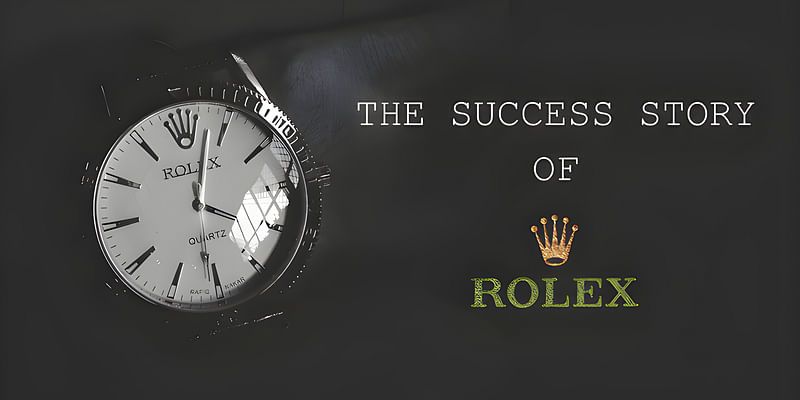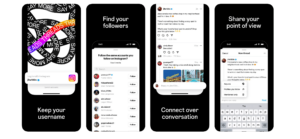
A young German orphan, Hans Wilsdorf, born on 22nd March 1881, who would grow up to change the world of horology forever. Little did he know then that the hands of time would propel him to create the legendary Rolex brand.
In the underbelly of Germany, Wilsdorf was just 19 when he dove into the intricate realm of watchmaking, learning the art at the esteemed firm, Cuno Korten. Wilsdorf didn’t just see ticking machines; he saw a future full of potential, a world where craftsmanship met innovation.
Fueled by his unyielding ambition, Wilsdorf moved to London in 1903. As if pulling the pieces of a complex puzzle, he joined forces with his brother-in-law, Alfred Davis, and founded Wilsdorf & Davis in 1905. They were like the dynamic duo of horology, initially importing watch components, assembling them, and selling the finished watches to jewelers who would brand the timepieces as their own.
But Wilsdorf’s vision was much grander. He imagined a brand that would redefine timekeeping. After countless brainstorming sessions and numerous rejected ideas, he woke up one day, with the name “Rolex” echoing in his mind. Just like that, the five-letter word with a melodic ring to it, reminiscent of a watch being wound, was born.
Rolex was no ordinary brand; it was a revolution. It came to symbolise reliability, precision, and toughness. It wasn’t just about telling time; it was about challenging the limits of conventional timekeeping. From developing water resistance, pioneering chronometer-certified accuracy, to automatic movements and the GMT complication, Rolex led the charge.
In 1926, Wilsdorf showcased the Rolex Oyster, the first waterproof watch, to the world. To demonstrate its remarkable abilities, English swimmer Mercedes Gleitze was given this marvel to wear while swimming across the frigid English Channel. The watch, like Gleitze herself, withstood the test and came out victorious, catapulting Rolex into the global spotlight.
Rolex’s pursuit of perfection didn’t stop there. They introduced the first wristwatch that could automatically change day and date on its dial in 1956, the Rolex Day-Date. They even brought a tough-as-nails 904L stainless steel into their watches in 1985, to make them sturdy and corrosion-resistant.
Can you imagine a watch capable of withstanding the pressure on Mount Everest or the bottom of the Mariana Trench? Well, Rolex made it possible. Edmund Hillary and Tenzing Norgay, the Everest conquerors, and the deep-sea submersible that descended to the Mariana Trench in 1960, had one thing in common – they were accompanied by Rolex watches.
And here’s an interesting tidbit: the Hans Wilsdorf Foundation, a charity set up by Wilsdorf following his wife’s passing, owns Rolex. That’s right, there are no typical shareholders. The profits primarily fund charitable causes in Geneva, Switzerland.
Rolex doesn’t compromise on quality control. Their rigorous 15-day testing process ensures their watches can take on high pressures, high altitudes, and all kinds of extreme conditions. If you’ve ever wondered why Rolex watches command a hefty price tag, think about the expensive materials like gold and 904L stainless steel, the hefty investments in research and development, and their rich history and reputation.
Today, Rolex isn’t just a watchmaker; it’s a symbol of power, prestige, and precision. Every hand-made Rolex watch, taking a whole year to produce, epitomises their commitment to exceptional craftsmanship. From the peak of Everest, to the deepest point in the ocean, to your wrist, a Rolex watch is more than a timepiece; it’s a testament to the indomitable spirit of its founders.










